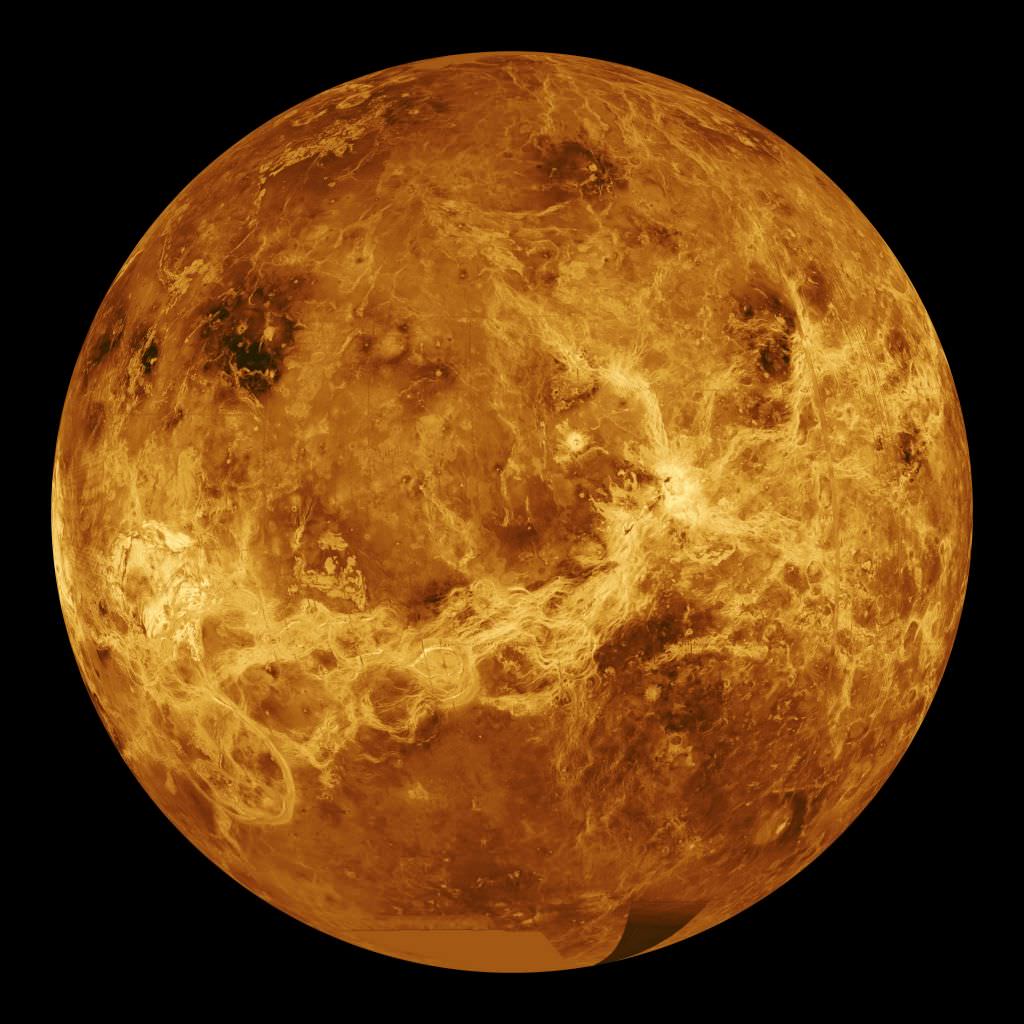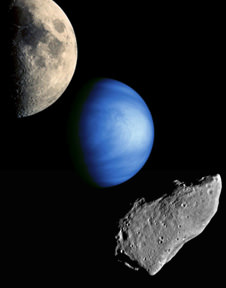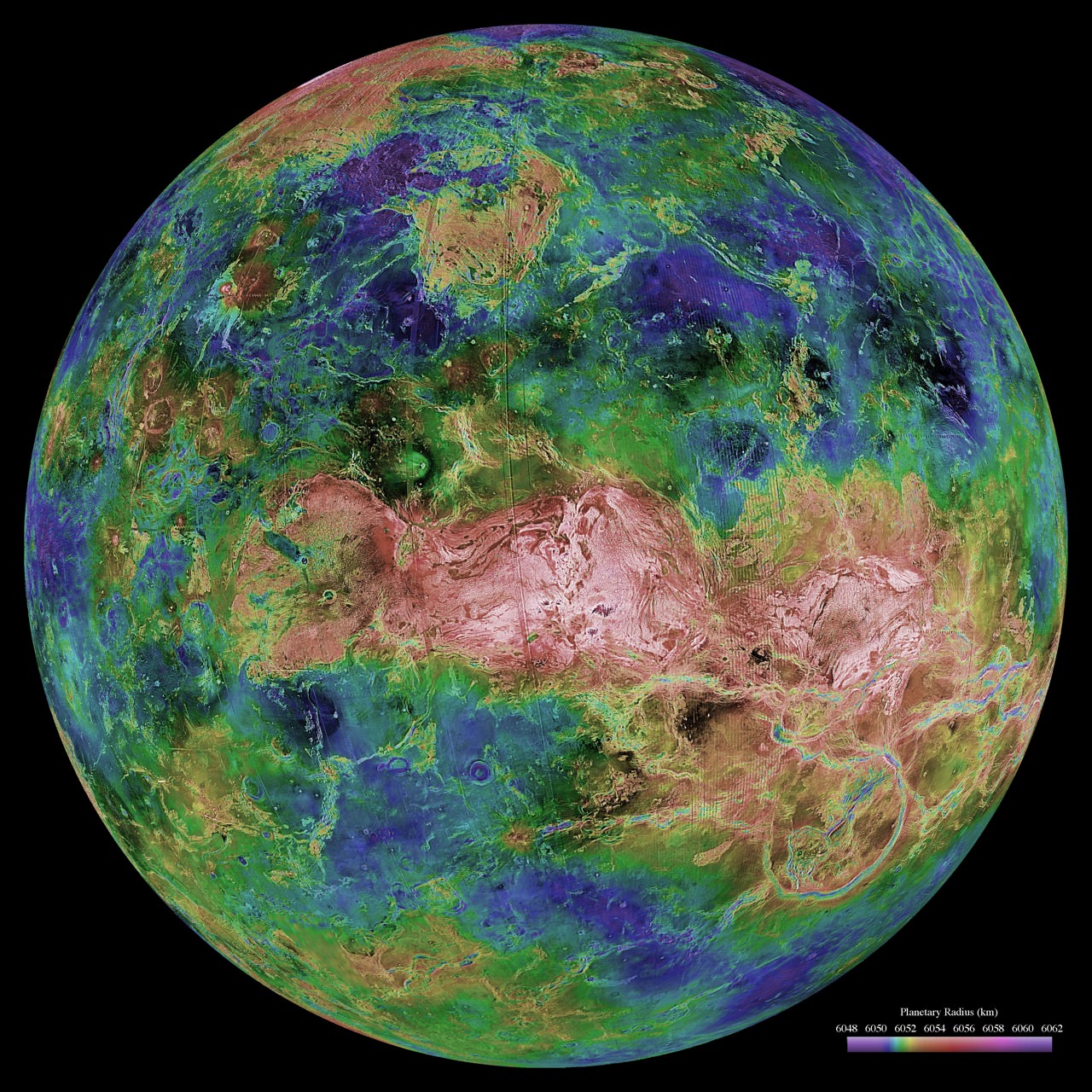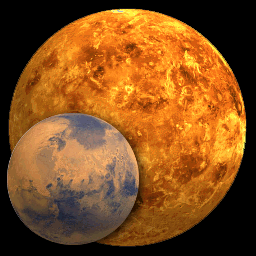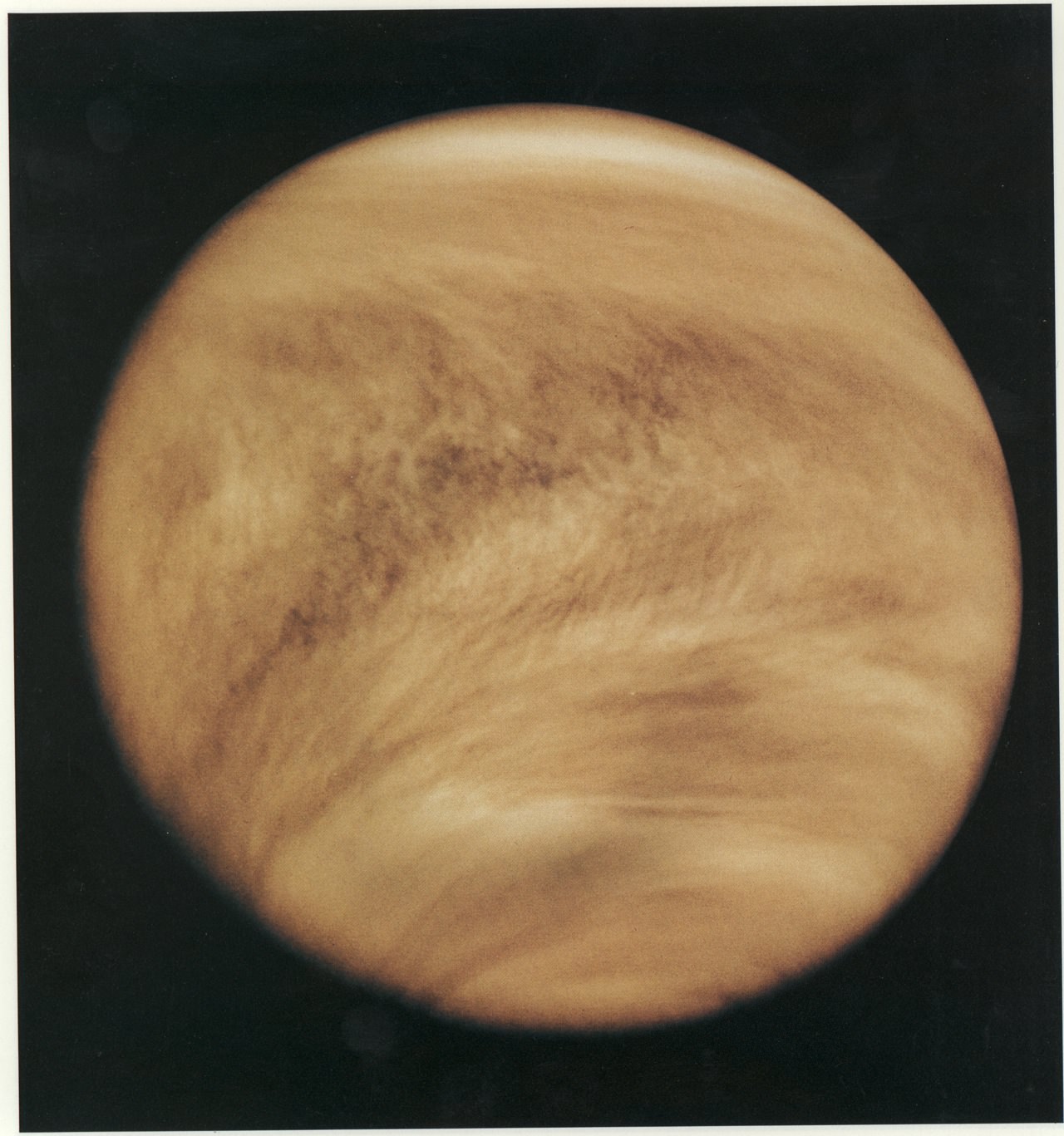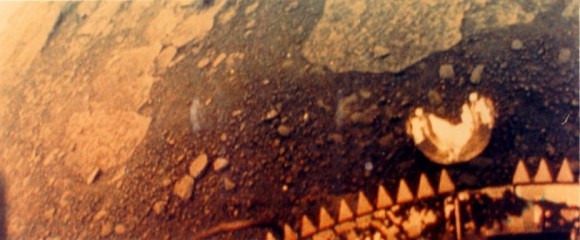Recent infrared data from an instrument on the Venus Express spacecraft indicate there could be active volcanism on Venus. “We are pretty sure that Venus still has volcanic activity,” said Joern Helbert and Nils Mueller from the DLR Institute of Planetary Research, members of the Visible and Infrared Thermal Imaging Spectrometer(VIRTIS) team. Nine ‘hotspots’ on Venus’ southern hemisphere have been identified as possibly active, according to a paper published in Science by an international team.
Focusing on areas that showed a lack of surface weathering – which indicates a young surface — the scientists looked at variations in surface thermal emissions to identify compositional differences in lava flows at three specific hotspots. They found that lava flows at the those areas emit abnormally high amounts of heat when compared with their surroundings. That the temperatures are higher does not indicate “heat” as such from volcanism, but means that not much rock degradation by exposure to the harsh Venusian weather took place.
For planetary scientists, that indicates recent active volcanos. How recent?
“Based on a wide range of estimates for rates of volcanism on the surface, we find an upper bound of 250 years to 2.5 million years,” lead author Suzanne Smrekar from JPL told Universe Today in an email. “From predictions about how fast rocks weather on the surface of Venus, we think they are likely on the young side of these estimates. However, there is nothing to preclude them from happening today – but we don’t have any data that demonstrates that.”
[/caption]
The areas are analogous to Hawaii with volcanism, broad topographic rises, and large positive gravity anomalies suggesting mantle plumes – which are rising masses of hot molten rock.
Smrekar said the temperature variations aren’t huge. “Only a degree or two above the background temperature,” she said. “‘Hot spot’ refers to the geologic environment. On Earth, places like Hawaii where there is hot material coming up from deep inside the Earth to produce volcanism, are referred to as ‘hot spots’.”
Like on Earth, Venus’s valleys are warmer than its mountains. But the venusian atmosphere is so dense that it completely determines the temperature of the planet’s surface. This enabled the scientists to predict surface temperatures with computer models. Data obtained from VIRTIS last year shows that certain areas deviate from the predictions by as much as two or three degrees, and that was the focus of the team’s study.
Smrekar said the team was surprised at the findings. “Although we suspected that these areas could be volcanically active on geologic time scales from past data sets, this is the first data to confirm very recent volcanism, geologically speaking.”


